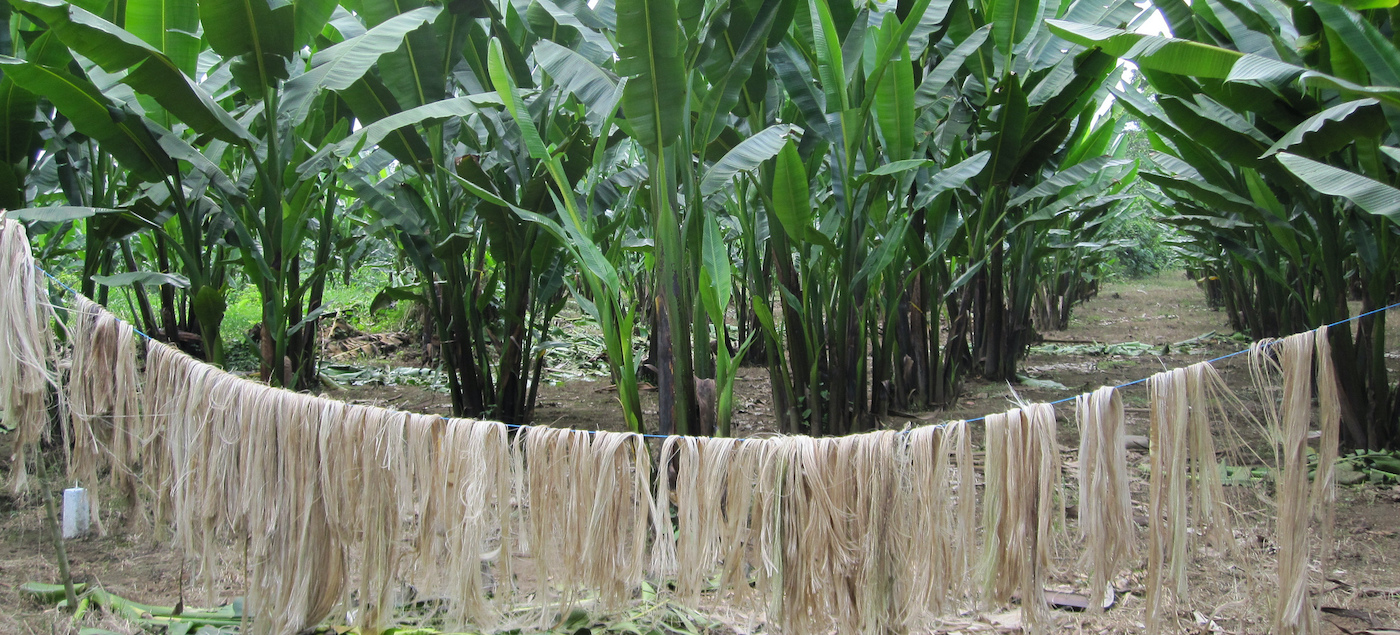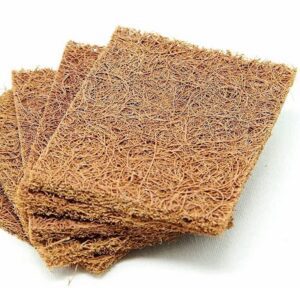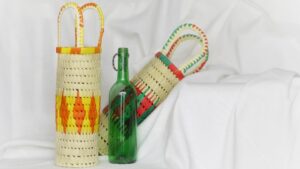In the past few weeks, it has been a hobby of mine to spot the plastic items in my household. I realize I have become quite nonchalant about what I buy and use, and give no regard to the materials these everyday things are made from. It has to become a conscious choice every time I order something, to know what materials are going into it and how and whether they impact our environment.
Our ancient arts and crafts have been influenced by people, culture and the materials that were easily available in that region. It is no wonder that tribal arts and crafts as well as art forms that date back many years, used the most sustainable and available materials. So here is a list I compiled of what is mostly before us, but what we ignore in favour of cheaper, mass produced, negative impact materials.
- Banana Fibre

For every tonne of banana produced, four times the waste is generated in farming in the form of leaves, peels, stem etc. Banana fibre emerging from this waste is spun into yarn or even used in handicrafts by artisans making mats, bags and other products. There is every reason for us to adopt banana fibre products – it is wealth from waste, it employs artisans and the more you use these products, the less plastic and other materials you will use, not to mention, the cheaper it will become! Watch out for this fast emerging material in the world of sustainable fashion.
- Coconut Coir
From the outer husk of the coconut emerges coir, a natural and versatile fibre that is used to make a ton of products.

Coir has found uses in ropes, brushes, doormats, rugs and also as insulation. But the most common product that follows me around online these days is the zero waste coir scrub for cleaning utensils.
This was what our grandmothers used, but today, it is a good alternative to the synthetic ones, as coir is a renewable resource and is bio degradable. Surely, it’s time to try it?
- Jute
The National Jute Board in India organizes exhibitions of jute products in various cities and pitches jute to be an alternative to plastic, especially with their range of reusable bags. Jute lunch bags are already popular with office goers, but jute is finding new interest among designers in creating backpacks and other home décor items like placemats and baskets. Spot any jute items in your home?
- Sabai Grass
This grass grows extensively in the Eastern States of India.

Sabai grass baskets
Rural women communities cut the grass, bunch them, braid them into ropes and even dye them to create handcrafted products. We have a few of these on our store that you should check out!
The fascinating fact about this material is that sabai grass is believed to be used as military ropes in ancient times! There’s direct testimony to its strength and sturdiness!
- Dried Palm Leaves
Originating in coastal towns where palms are in abundance, dried palm leaf craft has emerged as the go-to source for baskets, gift boxes, and dried home décor for vases and multiple other products.

Palm leaf bottle holders
Perfect for reuse or safe disposal, this is also used to make nature friendly disposable cutlery, as a great alternative to single-use plastic. Palm leaf weaving employs many rural women and its main market is the wedding industry in the south. The next time you see an eco-friendly gift box at a south Indian wedding, look it up and it’s most likely a dried palm leaf basket. Contact us for bulk orders for eco-friendly wedding gifts and packaging!

